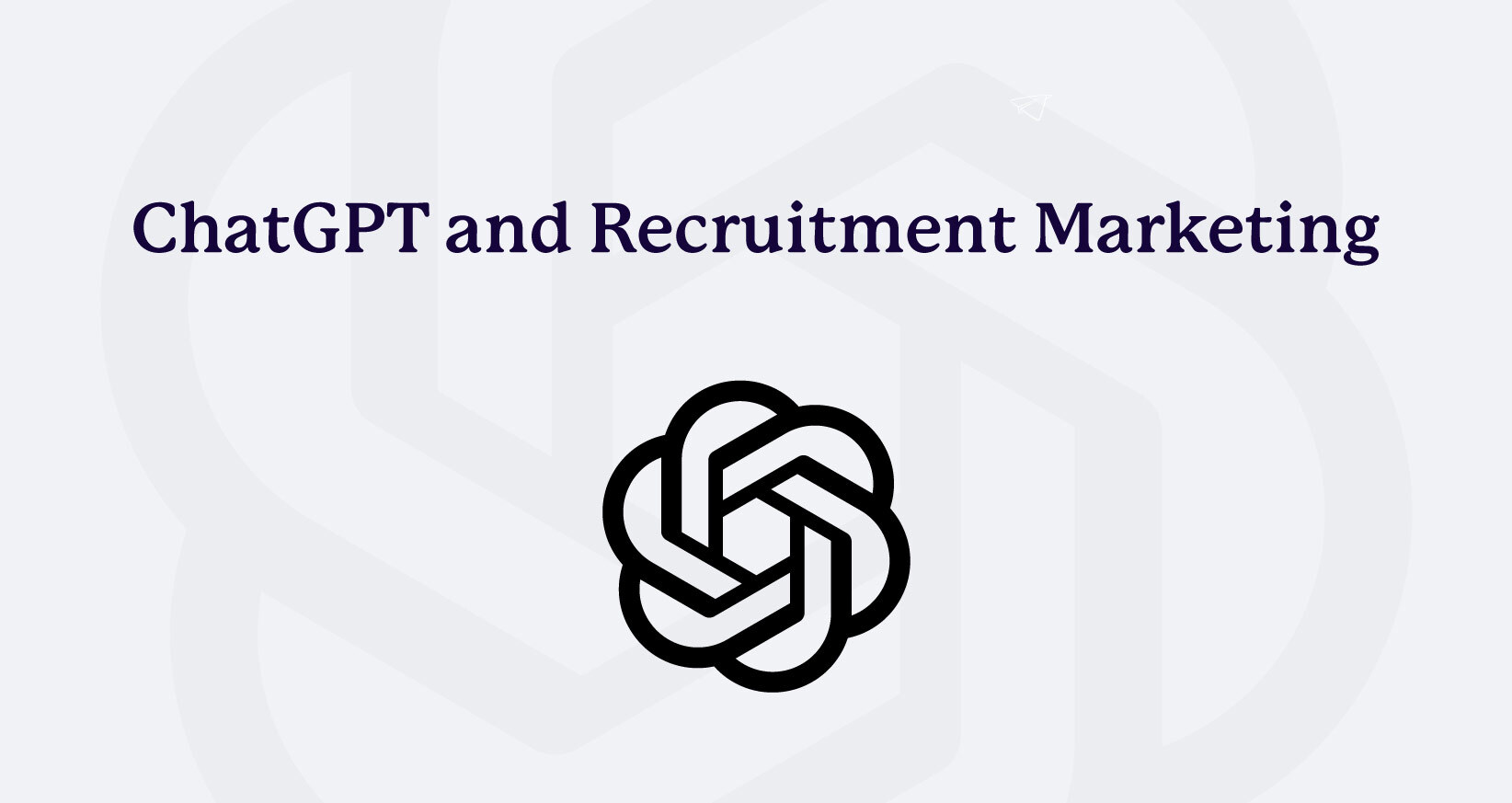Creating a career site is an important step for any company looking to attract top talent and showcase their employer brand. A career site is a website dedicated to giving potential applicants an overview of the company, its culture, and the job opportunities it has to offer.
This comprehensive guide will walk you through the entire process of creating a career site from start to finish. We’ll discuss the benefits of having a career site, how to create one, design and layout considerations, content strategies, optimizing for search engines, social media integration, analyzing performance, and mobile optimization.
Introduction to Career Sites
A career site is a website that provides potential job applicants with information about a company, its culture, and the job opportunities it has to offer. It can be used to attract talent, showcase employer brand, and provide applicants with an easy way to apply for jobs and stay informed about the company.
The purpose of a career site is to provide potential applicants with a glimpse into the company and the job opportunities it has to offer. It should provide potential applicants with an overview of the company, its values, job postings, and other resources to help them make an informed decision about whether or not to apply.
A career site can also be used to showcase the company’s employer brand. Employer branding is an important part of a company’s recruitment strategy and a career site can be a great way to communicate the company’s values and culture to potential applicants.
Benefits of Having a Career Site
There are several benefits to having a career site. A career site can help to increase the visibility of your company and attract more applicants. It can also be used to showcase your employer brand and communicate your company’s values and culture to potential applicants.
A career site can also be used to streamline the recruitment process and make it easier for applicants to apply for jobs. A well-designed career site can provide applicants with an easy way to search for jobs, submit applications, and stay informed about the company.
Finally, a career site can be used as a platform to highlight the employee experience. It can be used to feature employee stories and testimonials, which can help to attract more applicants and give potential applicants a glimpse into the company culture.
Creating the Perfect Career Site
Creating the perfect career site can seem like a daunting task, but it doesn’t have to be. With a few simple steps, you can create a career site that is engaging, informative, and easy to navigate.
The first step in creating the perfect career site is to decide on the purpose of the site. Are you looking to attract top talent? Showcase employer brand? Streamline the recruitment process? Knowing the purpose of your site will help you to determine the design, content, and features of your career site.
The next step is to create an outline. This will help you to organize your content and ensure that your career site is easy to navigate. An outline should include a list of all the pages you want to include on your site and the content you want to include on each page.
Once you have an outline, you can start to design your career site. This includes selecting a domain name, choosing a platform, and creating the visual design of your site. You’ll also want to create a user-friendly navigation structure so that visitors can easily find the information they’re looking for.
Design and Layout of a Career Site
The design and layout of a career site are just as important as the content. A well-designed career site should be visually appealing, easy to navigate, and provide a consistent user experience.
When it comes to designing your career site, you’ll want to keep the following in mind:
- Choose a platform – You’ll want to choose a platform that is easy to use and has the features you need.
- Design a logo – A logo is a great way to establish your brand identity and make your site recognizable.
- Select a theme – Your theme should be professional, modern, and reflect your brand’s values.
- Create a color palette – Choose a color palette that reflects your brand and is easy on the eyes.
- Add visuals – Visuals such as photos, videos, and graphics can help to make your site more engaging.
- Use a grid system – A grid system will help to keep your design organized and consistent.
- Optimize for mobile – Your site should be optimized for mobile devices so that visitors can easily access it on any device.
Content Strategies for Career Sites
Creating content for your career site is an important part of the process. Content should be informative, engaging, and optimized for search engines. Here are a few strategies for creating content for your career site:
- Include job postings – Job postings should be detailed and easy to find.
- Write about your company culture – Share stories about your company culture, values, and mission.
- Feature employee stories – Employee stories are a great way to showcase your employer brand and attract applicants.
- Publish blog posts – Blog posts can be used to provide information about the company, job opportunities, and industry trends.
- Add social media integrations – Integrate your social media accounts so that visitors can easily follow your company.
- Include a FAQ section – Provide answers to commonly asked questions to help visitors learn more about the company.
Optimizing Your Career Site For Search Engines
Search engine optimization (SEO) is an important part of creating a successful career site. SEO is the process of optimizing your website so that it appears higher in search engine results. This helps to increase the visibility of your career site and attract more potential applicants.
Here are a few tips for optimizing your career site for search engines:
- Use keywords – Keywords are words and phrases that are used to describe your content. Use relevant keywords throughout your site to help search engines find your content.
- Write unique titles and descriptions – Create unique titles and meta descriptions for each page to help search engines understand the content of your page.
- Create an XML sitemap – An XML sitemap is a list of all the pages on your site and helps search engines find and index your content.
- Optimize for local search – Optimize your site for local search by including your location in titles and descriptions.
- Use structured data – Structured data is a markup language that helps search engines understand the content of your website.
Social Media Integration
Social media integration is an important part of creating a successful career site. Social media integration allows visitors to follow your company on social media, share job postings, and stay informed about the company.
Here are a few tips for integrating social media into your career site:
- Feature social media buttons – Include social media buttons on your job postings so that visitors can easily share them.
- Create social media accounts – Create social media accounts for your company and post job postings and other relevant content.
- Add a social media feed – Add a social media feed to your career site so that visitors can stay informed about the company.
- Respond to comments – Respond to comments and questions on social media to build relationships with potential applicants.
- Include employee stories – Feature employee stories on your social media accounts to showcase your employer brand.
Analyzing Performance and Making Improvements
Analyzing the performance of your career site is an important part of optimizing it for success. Analyzing performance can help you identify areas for improvement and make changes to improve the user experience.
Here are a few tips for analyzing the performance of your career site:
- Track pageviews – Track pageviews to see which pages are getting the most traffic.
- Analyze user behavior – Analyze user behavior to see how visitors are interacting with your site.
- Track conversions – Track conversions to see how many visitors are submitting applications.
- Monitor engagement – Monitor engagement to see how visitors are responding to your content.
- Analyze search engine rankings – Analyze your search engine rankings to see how well your site is ranking for relevant keywords.
Mobile Optimization of Career Sites
Mobile optimization is an important part of creating a successful career site. Mobile optimization ensures that your site is optimized for mobile devices and provides visitors with a consistent user experience regardless of the device they are using.
Here are a few tips for optimizing your career site for mobile devices:
- Optimize for speed – Optimize your site for speed by compressing images, minifying code, and leveraging browser caching.
- Use a mobile-friendly design – Choose a design that is optimized for mobile devices and provides a consistent user experience.
- Make sure your site is responsive – Make sure your site is responsive so that it can adapt to different screen sizes and devices.
- Design for touch – Design your site with touch in mind so that visitors can easily navigate it on mobile devices.
- Include mobile-friendly features – Include features such as click-to-call and click-to-map to make it easier for visitors to contact you.
Conclusion
Creating a successful career site can be a daunting task, but by following these steps you can create a site that is engaging, informative, and easy to navigate. A successful career site can help to attract more applicants and showcase your employer brand, so it’s important to make sure that you create a site that meets the needs of your potential applicants.
Using a platform like smartDreamers can help to simplify the process and ensure that your career site is optimized for success. With smartDreamers, you can create a modern, mobile-friendly career site with all of the features you need to attract top talent and showcase your employer brand.
Creating the perfect career site doesn’t have to be a daunting task. With the right strategy and the right platform, you can create a career site that is engaging, informative, and easy to navigate.








